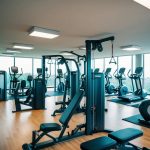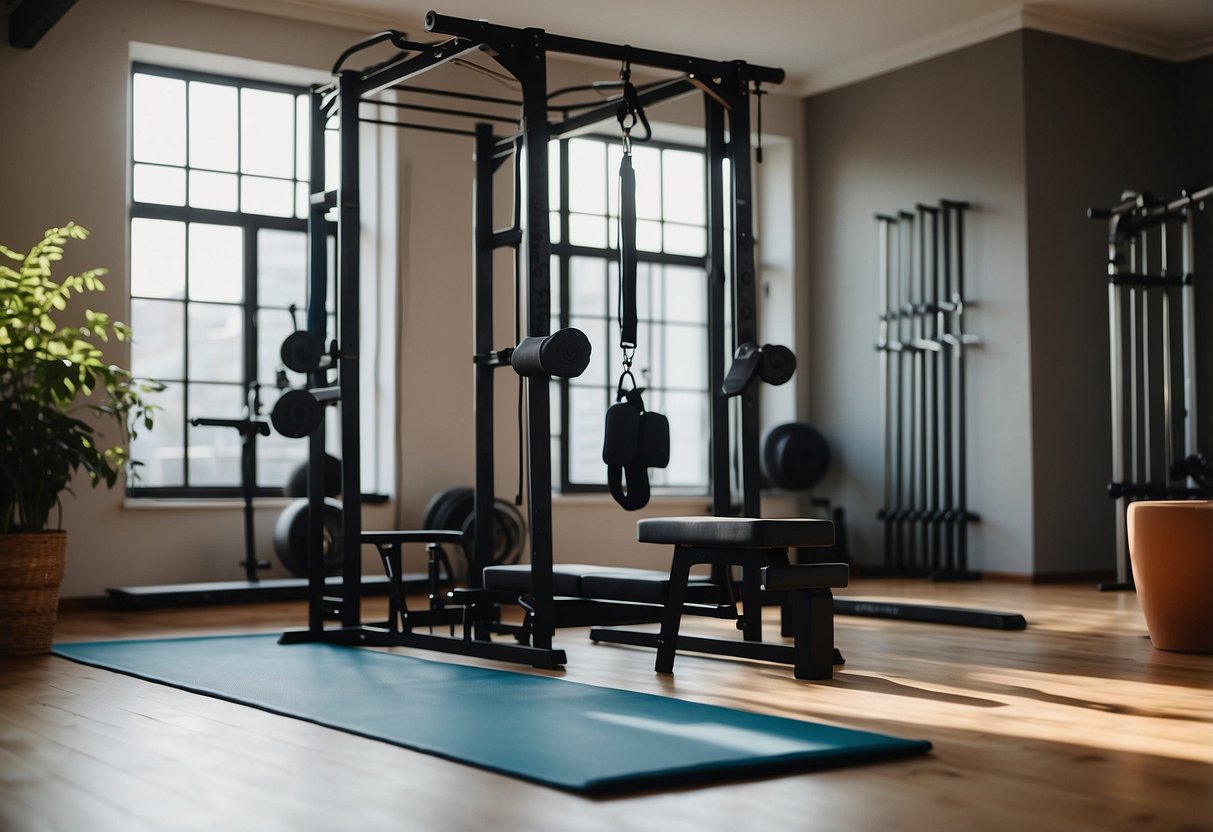
4. Planks
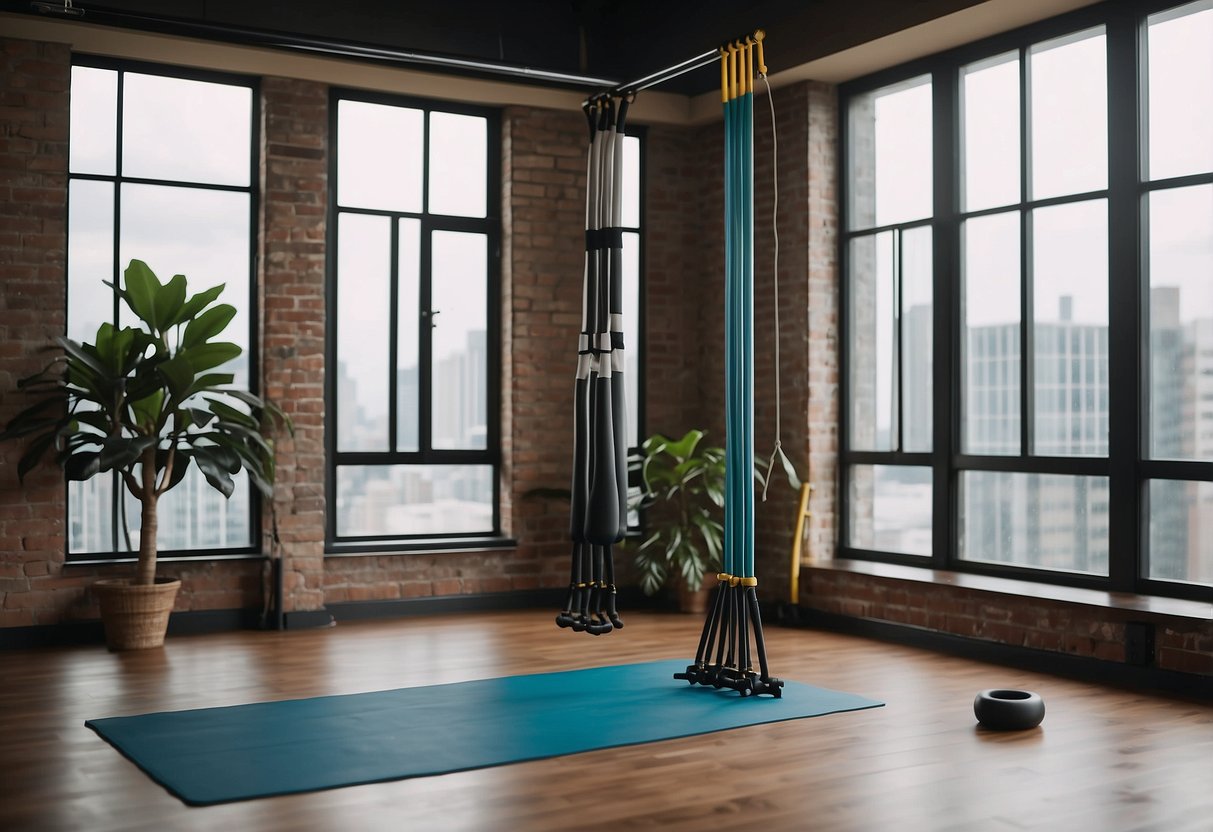
Planks are an excellent exercise for strengthening the core muscles. They work by engaging the abdominal muscles, lower back, and shoulders. To perform a plank, one needs to position themselves face down and support their body on their forearms and toes.
It is important to keep the body in a straight line from head to toe. Avoid letting the hips sag or rise too high. Hold this position as long as possible for maximum benefit.
Regular practice can improve posture and reduce the risk of back pain. This exercise can be modified to increase difficulty, such as by lifting one leg or arm.
5. Burpees
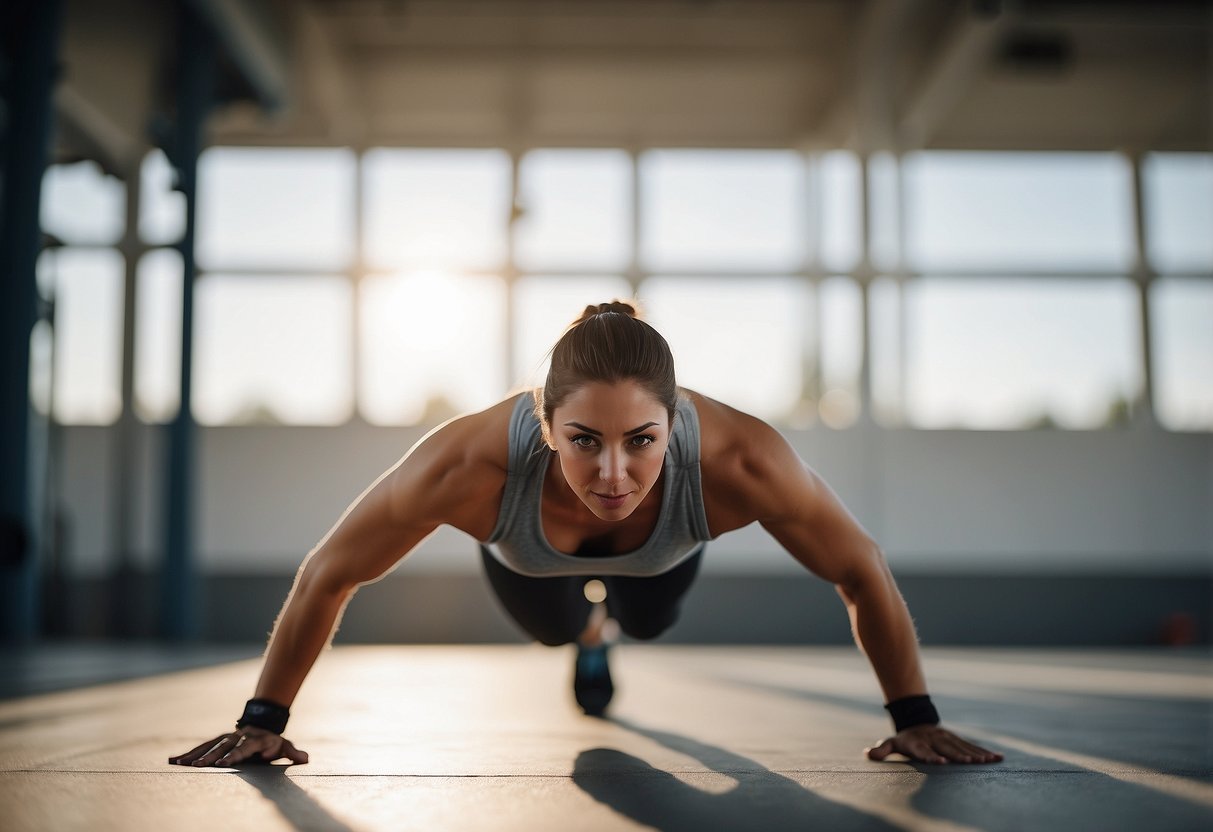
Burpees are a full-body exercise that combines strength and cardiovascular endurance. They require no equipment, making them ideal for home workouts. The exercise targets multiple muscle groups, including the chest, arms, thighs, and core.
To perform a burpee, start in a standing position. Drop into a squat and place your hands on the floor in front of you. Jump your feet back to land in a plank position.
From the plank, complete a push-up and then jump your feet back to the squat position. Finally, jump up with your arms reaching towards the sky. The movement should be smooth and continuous.
Burpees are intense and effective in burning calories. They help improve both strength and conditioning. Though challenging, they can be modified for different fitness levels.
6. Mountain Climbers

Mountain climbers are an effective full-body exercise that targets multiple muscle groups. This dynamic movement helps to improve cardiovascular fitness and core strength simultaneously.
To perform mountain climbers, start in a plank position with hands directly under shoulders. Ensure the body forms a straight line from head to heels. Engage the core muscles to maintain stability.
Alternate bringing one knee towards the chest while keeping the other leg extended. Quickly switch legs in a running motion, ensuring the hips stay level. Consistent, controlled movements are key to maximizing efficiency.
Mountain climbers engage the abs, obliques, and hip flexors. Additionally, the rapid leg movement helps to increase heart rate, contributing to cardiovascular health.
This exercise also strengthens shoulders, chest, and arms as they work to support body weight. Regularly incorporating mountain climbers into a workout routine can enhance overall athletic performance.
Attention to form is essential to prevent injury. Keep the back straight and avoid letting hips sag or rise excessively. Starting with a slower pace can help in mastering the technique before increasing speed.
7. Glute Bridges
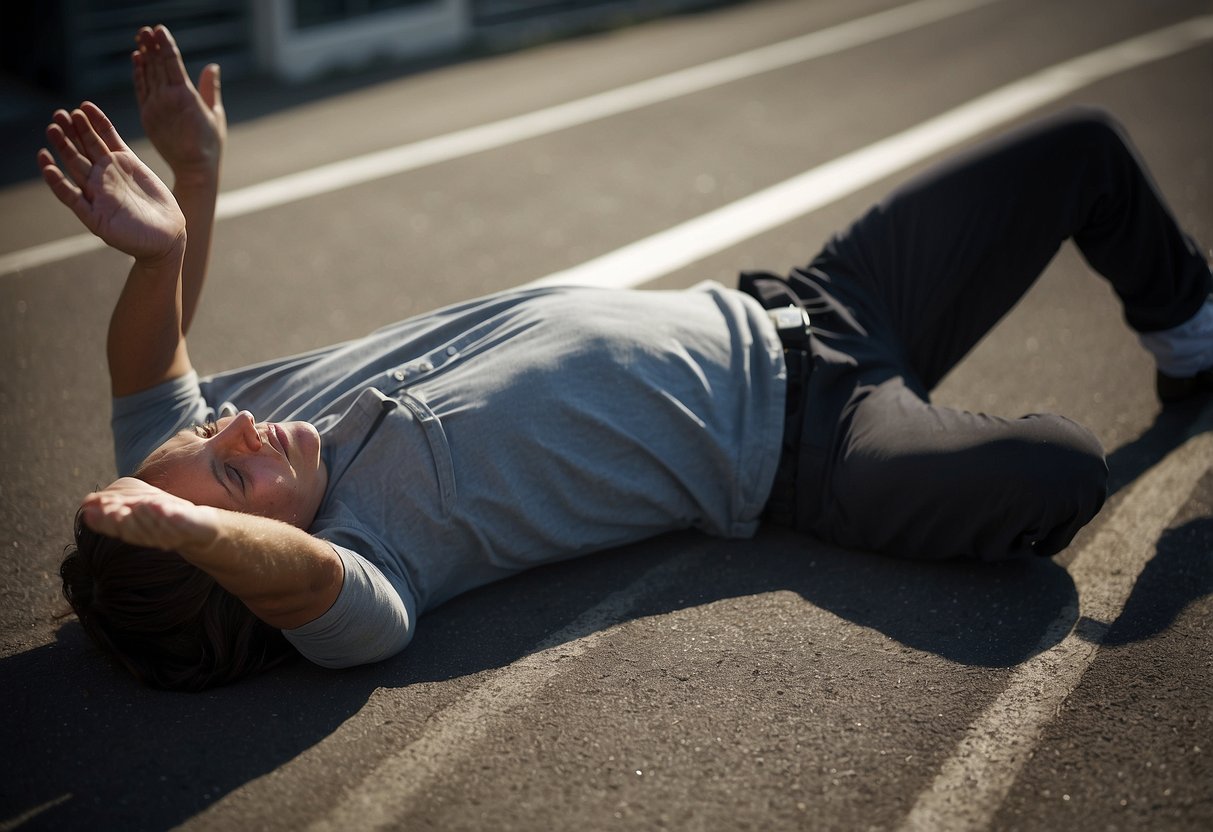
Glute bridges are an effective exercise for targeting the glutes and hamstrings. This exercise also engages the lower back and core, promoting stability.
To perform a glute bridge, lie flat on the back with knees bent and feet flat on the floor. Keep arms at the sides with palms facing down.
Lift the hips towards the ceiling by pressing through the heels. Squeeze the glutes at the top of the movement.
Hold for a moment, then lower the hips back to the starting position. Repeat for the desired number of repetitions.
For added intensity, try single-leg variations. Raise one leg off the ground, keeping it straight, and perform the same movement.
Glute bridges are a versatile, equipment-free exercise that can be done anywhere. They are essential for anyone looking to build strength at home.


